There are millions of websites on the web today, and the majority of Americans and residents of other developed countries use the internet to find information they need. The IT infrastructure is also slowly being improved upon in developing countries. As a result, building a website for your nonprofit organization / NGO should be a priority. Your website will help you achieve several things: Maintain relationships with your current donors, provide an avenue for fundraising, tell your story, and let others learn about your mission.
Getting Started
Before you begin the process of building your website, you should consider all of the costs that come with a website, how you want to update your website (what type of website you want), who your audience will be, and other critical questions. There are 3 basic costs to owning a website:
- Start-up Costs (Designing & Building the Website)
This cost is a 1 time cost. It is the cost of hiring someone to build the website with a design, layout, and custom programming. - Web hosting Costs (an ongoing cost)
This ongoing cost is necessary, because you will need somewhere to “put” your website after it has been built. Special computers (servers) are hooked directly into the internet with a fast internet connection that “serve” your website files to anyone who visits your website. - Domain / URL Costs (an ongoing cost)
This is also a necessary ongoing cost. Your Domain Name (website name, i.e. “barredowlweb.com”) is one of the most important aspects of your website, because it defines how people access your website. It should be easy to remember, easy to type, and usually, if it is shorter, it is better!
There are two types of websites:
- A static website contains pages that are not often (or easily) updated. Each page is built with a scripting language like HTML, uploaded to the server, and then left alone.
- A dynamic website is one that is constantly being updated and changed. It runs off of a database where all of the information is stored. Many dynamic websites run with the help of a Content Managemnt System (CMS – see below). This website is an example of a dynamic website, and is built on Drupal.
Components of a Dynamic Website
The following are common components of different kinds of websites. Some websites only have 1 or 2 of these components, and some integrate all of these. You will need to think about your website’s primary target audience and then decide which of these components your website will require.
- A CMS is a Content Management System / Course Management System. It is the most commonly used component of a dynamic website. Most dynamic websites have a CMS. A CMS allows general website operators to manage their content. Good examples include Drupal or WordPress. (Our website here at Barred Owl Web runs off of WordPress).
- A CRM is a Customer Relationship Manager. This is a system specifically designed to help manage clients – their contact information, billing information, etc… Examples include Salesforce and CiviCRM. In the case of an NGO working with people in developing countries, one would want to use their CRM for two purposes: To track donors AND to track clients. In this case, you would likely be tracking different information about each groups, so you will want to consider how you will keep each group separate.


